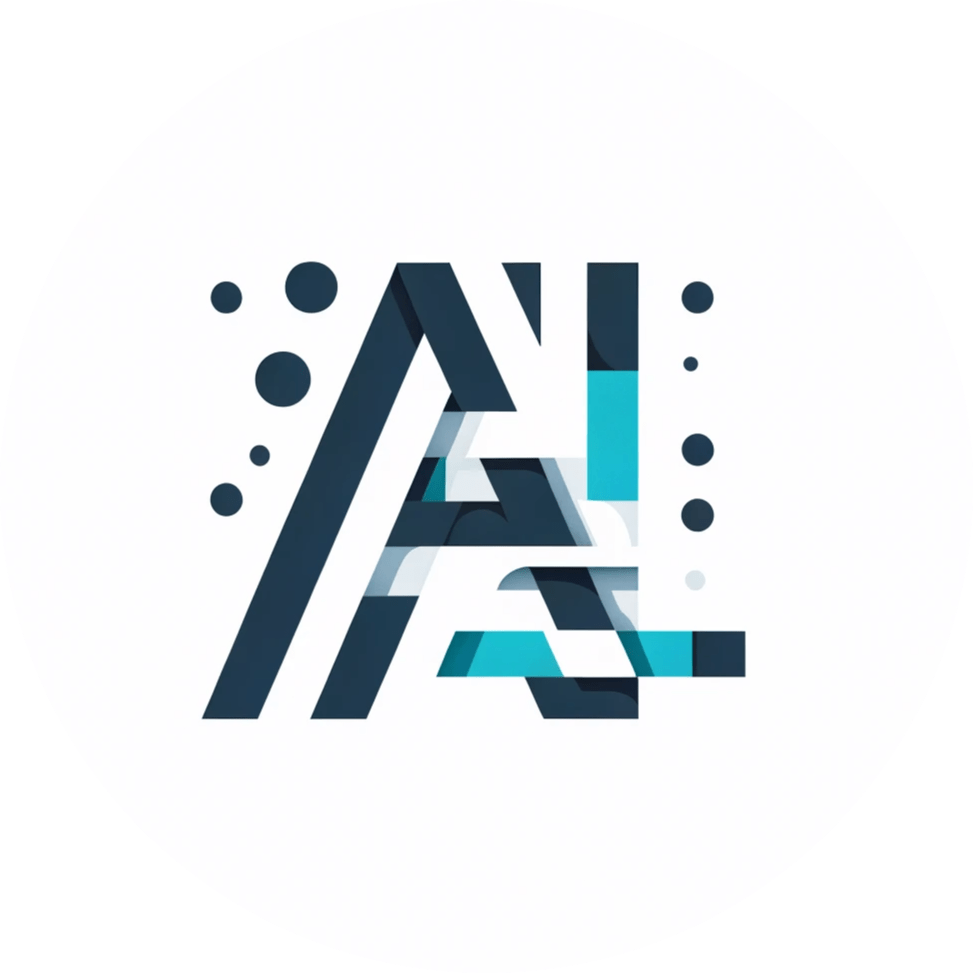Innovation stands at the forefront of today’s rapidly evolving world, particularly in the realm of environmental preservation. Our story centers on Zoey, a young scientist whose groundbreaking work in AI-driven wildlife conservation is reshaping our understanding and approach to environmental stewardship.

Harnessing AI for Conservation
Zoey’s journey began with a simple yet profound realization: the tools for wildlife conservation needed a modern overhaul. Consequently, she embarked on an ambitious project to integrate artificial intelligence into the study and protection of endangered species. Her approach, first and foremost, focused on data collection. By using AI-driven drones and sensors, she gathered unprecedented amounts of data about wildlife movements and habitats. Furthermore, this data, once analyzed, offered invaluable insights into the patterns and behaviors of species at risk.
AI is not just a tool, it’s our ally in preserving Earth’s precious wildlife.
Zoey
AI in Action: A Case Study
A particularly striking example of Zoey’s innovation in action was her work with the African elephant. Poaching had severely impacted these majestic creatures, and traditional conservation methods were falling short. Zoey’s AI algorithms, however, changed the game. They analyzed patterns in elephant movements, predicted potential poaching hotspots, and even suggested the best times for patrol teams to intervene. Moreover, this proactive approach led to a significant reduction in poaching incidents, a testament to the power of AI in conservation efforts.

The Human Element
Yet, Zoey’s work was not just about technology. She firmly believed in the importance of the human element in conservation. To this end, she conducted numerous workshops with local communities, educating them about the benefits of AI in preserving their natural heritage. Additionally, she collaborated with local authorities to ensure that her technological solutions were practical and sustainable. Her philosophy was clear: conservation should empower communities, not alienate them. This human-centric approach, coupled with cutting-edge technology, became a hallmark of her work.
Looking Forward
Finally, as we look to the future, the implications of Zoey’s work extend far beyond her immediate projects. Her innovative use of AI in wildlife conservation serves as a beacon of hope and a model for environmentalists worldwide. In an age where environmental challenges are increasingly complex, solutions like Zoey’s offer a way forward, blending technology with a deep respect for the natural world and its inhabitants. Her story is not just about innovation; it’s about a new chapter in our relationship with the planet.

In conclusion, Zoey’s pioneering work with AI marks a significant leap in wildlife conservation, blending the ingenuity of human intellect with the precision of technology. Her story inspires a future where innovation is key to preserving our planet’s biological tapestry for generations to come.










